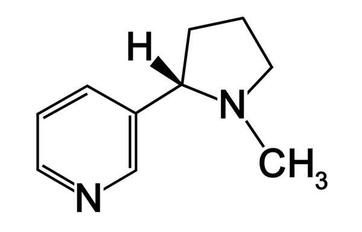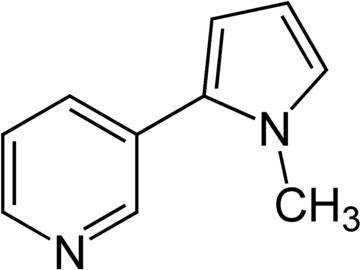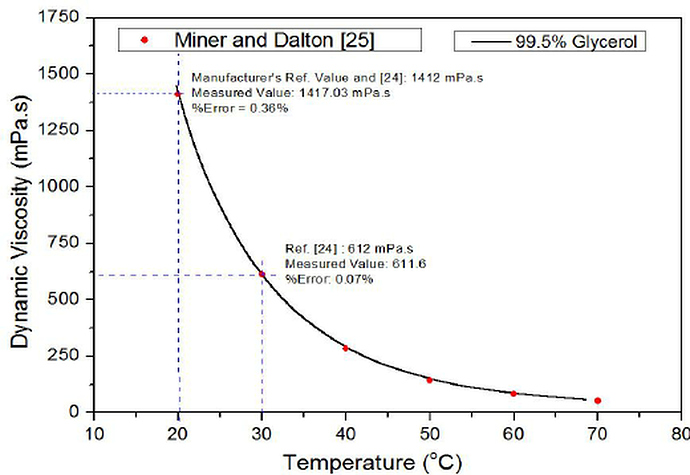We presume that other concentrations of Nicotine in solution (would) be similarly affected. Melting points:
Nicotine: approximately -79 *C (-110 *F)
Propylene Glycol: approximately -60 *C (-76 *F)
Glycerin: approximately 18 *C (64 *F)
My (old-fashioned cooled by upper freezer-box) refrigerator likely gets a bit colder than the (water) freezing temperature - but I would bet that my 100mg/ml Nicotine suspended in 100%PG is not coming anything close to “freezing” (solidifying). In fact, when I shake the sealed containers, the contents are definitely in a liquid phase. Thus, (at least in the case of Nicotine in 100% PG), no such “freeze/thaw events” would appear at all likely to be occuring. Barring a much colder environment (ie, liquid Nitrogen cooling), I am not concerned.
Whatever small amount of permeability (may, possibly) exist in the walls of the plastic containers that the Nicotine solution is shipped in, I suspect that such activity is relatively minimal at the low storage temps. While the vendor-sealed plastic envelopes that the containers were received (and are stored) in are not perfectly invincible to gas exchange, they likely present a secondary barrier to air-exchange taking place.
The kinetics of any (possible) chemical reactions forming oxides are slowed down considerably at low temperatures [with the reactions rates roughly halving with each temperature decrease of ~10 *C (18 *F)]. Thus, mine will remain in freezer box as is - until some more legitimately convincing concerns are raised.
.
.
Nicotine having a significantly higher molecular weight (162.23 g/mol) than PG (76.09 g/mol) and VG (92.09 g/mol) - and with the high viscosity of any VG included also being a factor, (of course) one wants to raise solutions to temperatures where some vigorous physical shaking can be used to re-distribute components evenly throughout the volume of the liquid to be utilized. I keep intermediate products in my refrigerator (at ~50 * F). That (roughly) halves the rates of chemical reactions that will take place - as well as slowing (but by no means itself serving to reduce to zero) the multiplication-frequency of those nasty little microbial critters.





